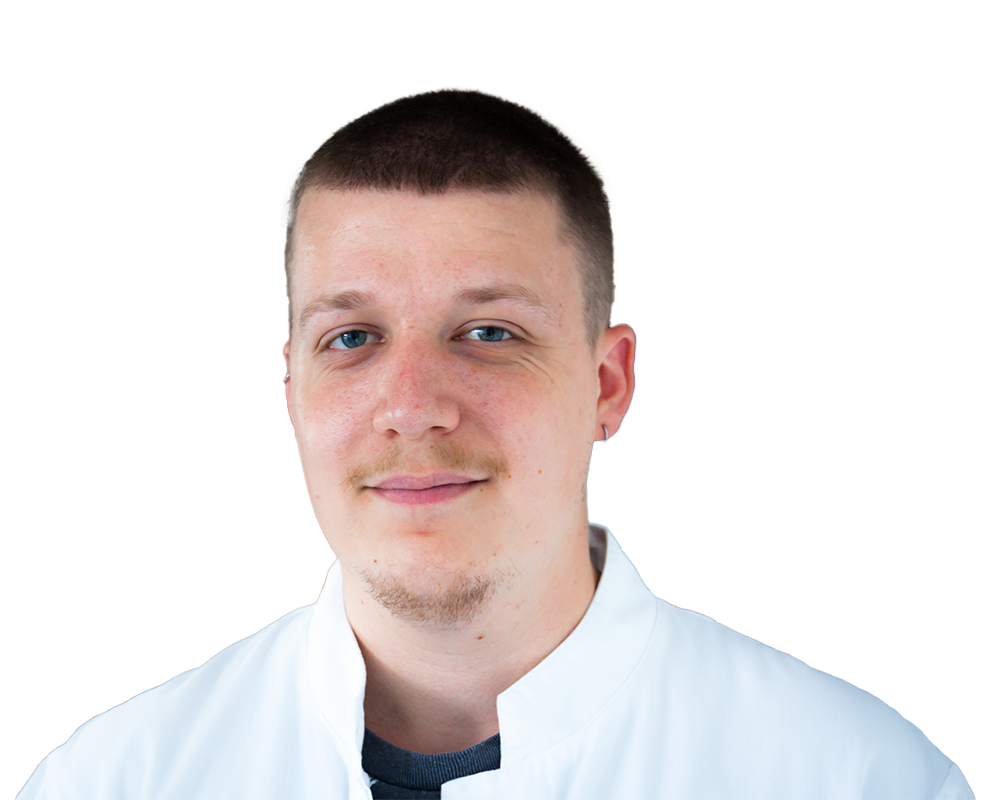Embedding modified microorganisms in polymeric and composite matrices, thereby generating genetically programmable engineered living materials (ELM), is a field of high potential that gained tremendous momentum with the advent of the Synthetic Biology era. At its interface, bioinks and bioprinting technologies need to be developed to generate matrices, designed in their composition and morphology that sustain bacterial growth and support the expression and manifestation of desired functionalities within ELM. Achieving this goal necessitates merging expertise from material science and engineering with microbial physiology and genetics.
While bioprinting of engineered microbial cells has been reported for a number of bacterial species, its application for their dormant life stages, so-called spores, is still in its infancy, despite their obvious advantages: They are robust, metabolically inactive and long-lived, thereby representing biological particles ideally suited even for more demanding bioprinting protocols. Endospores of Bacillus subtilis, in particular, hold great potential for ELM, since they provide a second layer to implement engineered functionalities that can be genetically programmed into the DNA of the microbial cells. Upon starvation, B. subtilis forms highly resistant endospores that protect the DNA on their inside by the cell wall cortex and three different protein layers named inner coat, outer coat and crust. By translationally fusing a gene-of-interest to a gene encoding a suitable anchor protein, the target proteins can be immobilized and hence displayed on the spore envelope during the natural differentiation cycle. This introduces a new functionality to the spore surface that is encoded on the chromosome inside the spore. The resulting SporoBeads remain stable for long period of time, but can germinate within hours upon induction by a nutrient upshift.
In the context of this PP, we will combine the SporoBead concept with bioprinting to integrate functionalized endospores in a matrix containing inducing cues for then performing adaptive functions. We will develop protocols and polymeric as well as composite materials that allow controlling both spore formation and germination. We will then combine the activity displayed on the spore surface with a second functionality, which is expressed after germination and outgrowth in the vegetative cell, thereby generating two adaptive functions that can be switched, by either inducing the SporoBead state or activating the engineered vegetative cells. Bioprinting technologies will enable us to position these spores in multiple arrangements to allow meaningful readouts.
Both partners will develop their respective technology and protocols in a tightly coordinated manner to establish a versatile SporoPrinting platform, as prerequisite to develop three different demonstrators: (i) an ELM that switches fluorescence from green to red shall serve as the feasibility study to control sporulation and germination. Once established, we will then (ii) develop a whole cell biosensor-based antibiotic screening platform and ultimately (iii) an ELM with a programmable dark-and-light pattern based on a melanin-producing activity displayed on SporoBeads, in combination with a melanin-decolorizing activity expressed and secreted from vegetative cells. The latter can be subsequently applied as a screening platform for identifying melanolytic activities.


Team
Principal Investigator
Head, General Microbiology
Technical University Dresden
PhD Student
General Microbiology
Technical University Dresden
Principal Investigator
Head, Centre for Translational Bone,
Joint and Soft Tissue Research
University Hospital Carl Gustav Carus
and Faculty of Medicine, TU Dresden
PhD Student
Centre for Translational Bone,
Joint and Soft Tissue Research
University Hospital Carl Gustav Carus
and Faculty of Medicine, TU Dresden
Co-Investigator
Group leader Bioprinting and Head of cell culture
Centre for Translational Bone,
Joint and Soft Tissue Research
University Hospital Carl Gustav Carus
and Faculty of Medicine, TU Dresden




